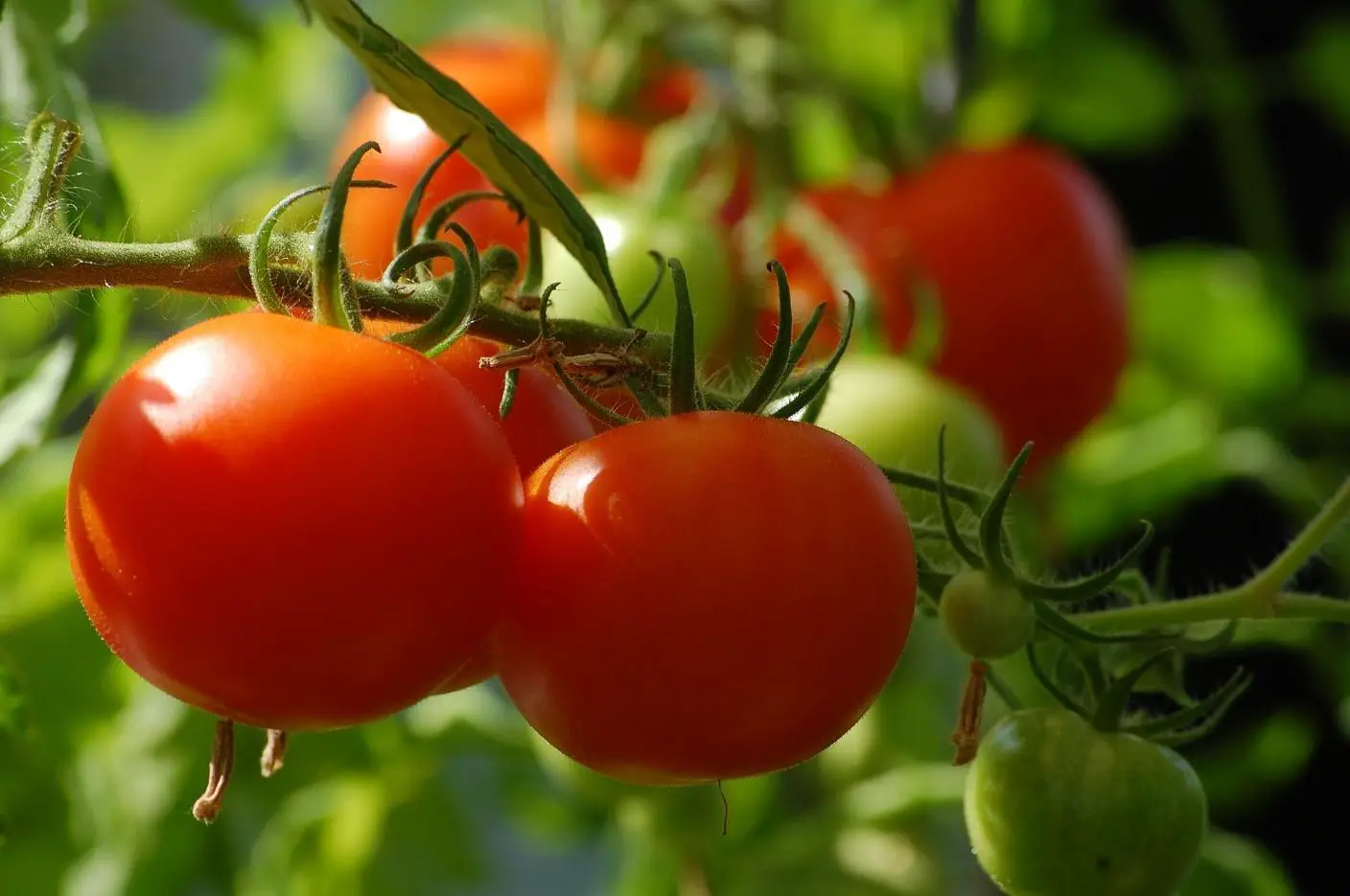Whether you’re new to gardening or just looking for a new item to add to your vegetable garden, you can’t go wrong with tomatoes. With the right conditions and a little TLC, they’re pretty easy to grow, even for beginners.
Best of all, a single plant can produce dozens of fruits that are perfect for making salads, sandwiches and sauces or just slicing up and eating on their own. Here is everything you need to know:
Know What Type of Tomatoes You Want to Grow
Before you get started, it’s important to know that all tomatoes aren’t created equally. While they can be broken down into many different groups, colors, sizes and types, you can start by learning what determinate vs. indeterminate tomato means.
Essentially, determinate tomatoes have smaller plants that are usually bush-like and only produce fruits for short period of time. Indeterminate tomatoes are grown on larger vines and may produce tomatoes all throughout your growing season. Some popular determinate types are Heinz, Bush Early Girl, Campbell 33, Early Wonder, Napoli and Italian Roma. Some common indeterminate types are Beefsteak, Brandywine, Sun Gold, San Marzano and Cherokee.
Start Your Seeds Early
If you plan on growing tomatoes from seed, you’ll need to get an early start. Ideally, you’ll want to start them indoors about six to eight weeks before your last frost date in the spring. To do this, sprinkle some seeds in a container that has at least three inches of soil in it. Place them in a warm sunny spot or under a grow light. If you don’t have time to start seeds early, don’t worry. YOu can always find tomato plants for sale at your local nursery throughout the spring and summer.
Prepare Your Soil
When you plant your tomatoes will vary based on where you live, but for the most part, you’ll want to aim for late spring or early summer or when the soil temperatures are consistently over 65 degrees.
Tomatoes prefer slightly acidic soil, so keep that in mind when preparing your soil. A pH between 6.2 and 6.8 is ideal. Amendments like lime can raise your soil’s pH, while sulfur can lower it. You’ll also want to make sure your soil drains well and you choose a nice warm spot that receives plenty of sun. If you don’t have this in your yard, you can always consider planting your tomatoes in containers or grow bags.
Plant Your Tomatoes
Now it’s time to get your plants into the ground. Dig a hole that’s deeper and wider than the plant’s roots. Many gardeners opt to bury much of the new plant’s stem, which can help stabilize it. At the very least, the lowest layers of leaves should sit just above the soil. Make sure you have about two feet of space between each plant.
Help Your Tomatoes Grow
Watering
Tomatoes need lots of water to thrive. You’ll want to make sure the soil stays moist, but at the same time, you shouldn’t overdo it. Adding an inch of water each week should be enough, though you may need more on warmer days or when you don’t get much rain.
Help prevent disease by watering the plants at the base instead of directly on top of the leaves. Signs your tomatoes aren’t getting enough water include yellow leaves or leaves that look dry and curly. Adding a couple of inches of mulch around the base of the plant can help prevent the soil from drying out too quickly, and it may even help keep weeds at bay.
Feed and Prune Your Tomatoes
In addition to watering your tomatoes, you’ll need to prune and fertilize them throughout the growing season. When you start to see small fruits forming on your plants, add fertilizer every couple of weeks until your plants stop producing. At this point, you’ll want a fertilizer that is lower in nitrogen and higher in phosphorus and potassium, like a 5-10-5 or a 5-10-10.
Pruning your tomatoes as needed can help prevent disease and increase circulation for a healthier plant. Remove any leaves that droop and touch the ground. You’ll also want to remove any new sucker that emerges. Suckers are the little shoots that appear near where a branch meets the main stem.
Provide Some Support as They Grow
Tomatoes that vine on the ground are susceptible to disease, so you’ll need to provide them some support in the form of a tomato cage or stake. Use string to gently tie the tomato stem to the stake as it grows.
Harvest Your Tomatoes
Harvest time is when all of your hard work pays off. Many gardeners like to harvest their tomatoes just before they’re ripe to prevent damage from the sun. Don’t worry — they’ll still ripen fully once they’re picked. Harvesting your fruits often will also encourage the plant to produce even more.
Set up a community garden
You can also consider to set up a community garden to grow your tomatoes if you are not sure how to do it yourself. A community garden can bring a wide range of benefits – from connecting people with each other to growing fresh food to enjoy






